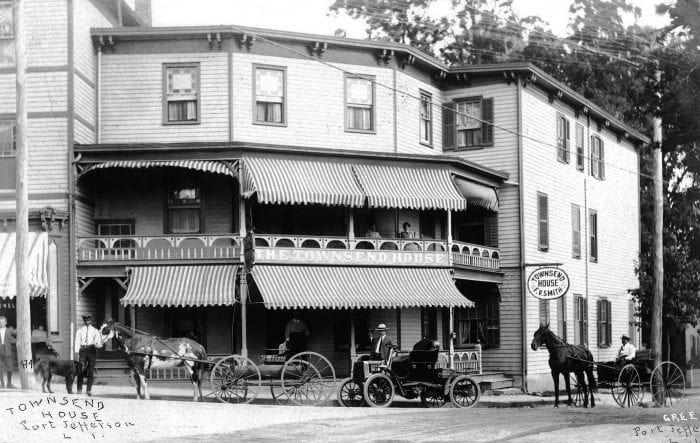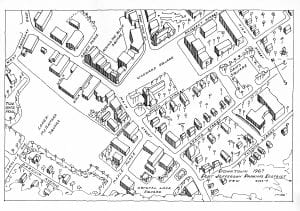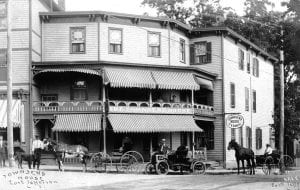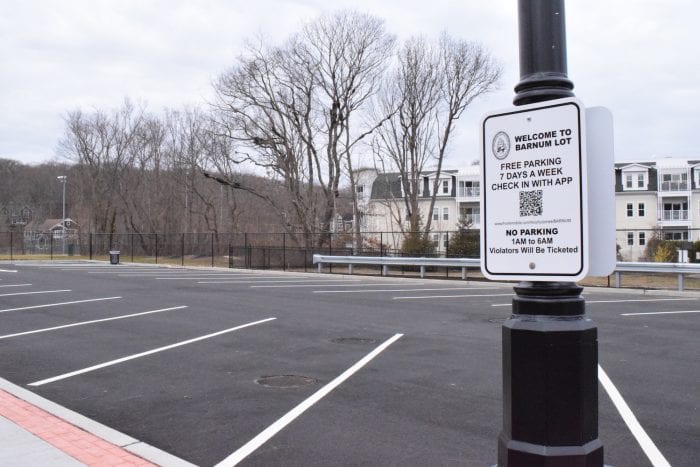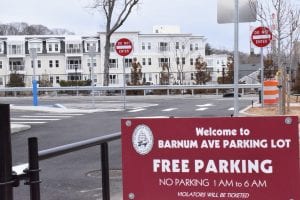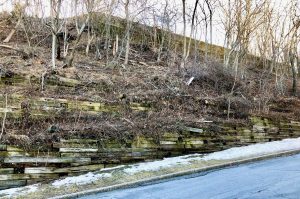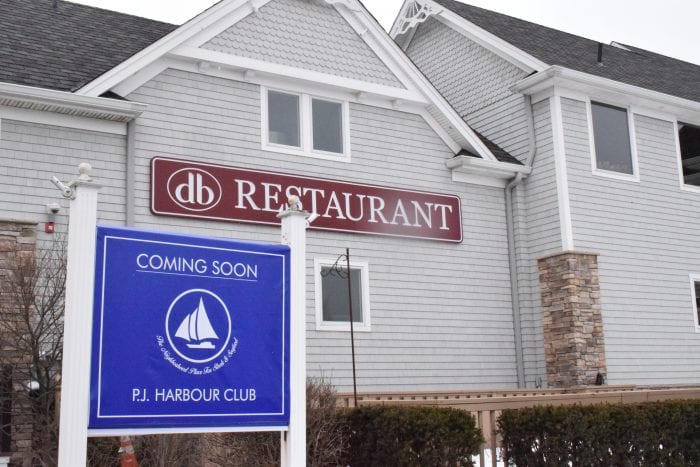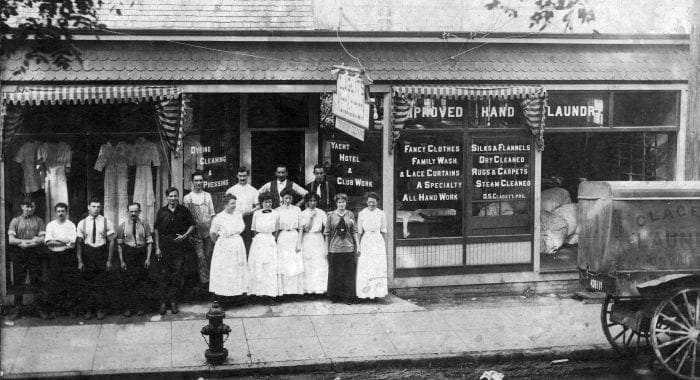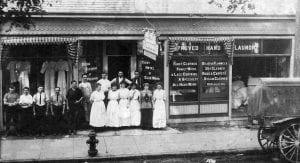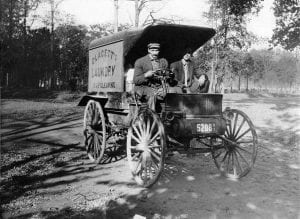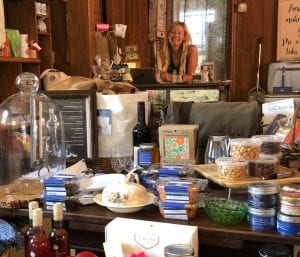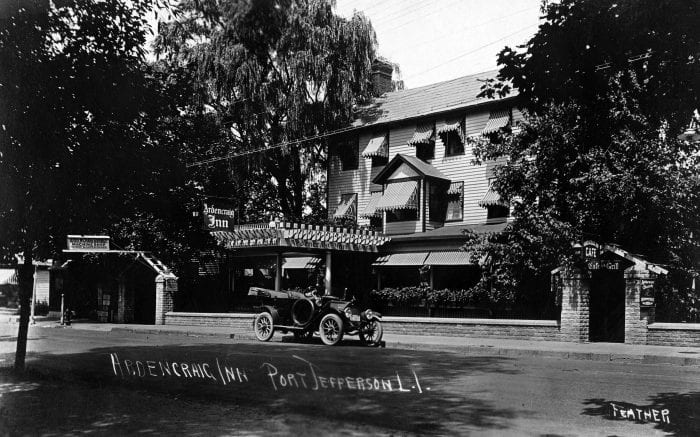Over the last month, elected officials on both the county and village levels have been trying to tackle reckless bicyclists on the road.
Suffolk County
Last week, Suffolk County voted on a new bill aimed to give bicyclists distance with a new 3-foot passage rule — the first county in New York State to implement the law.
According to the new legislation, “The operator of a vehicle which is overtaking, from behind, a bicycle proceeding on the same side of the road shall pass to the left of such bicycle at a distance of at least 3-feet until safely clear thereof.”
Violators can face fines not to exceed $225 for a first offense, $325 for a second offense and $425 for any subsequent offense. The minimum distance requirement, however, will not apply on roads that have clearly marked bicycle lanes.
Authored by Legislator Kara Hahn (D-Setauket), it was originally in response to a bill sponsored by Legislator Rudy Sunderman (R-Mastic) which aimed to ticket and condemn bike riders who popped wheelies, swerved into traffic or biked while intoxicated across Long Island.
Hahn said she filed her bill, and abstained from Sunderman’s, to focus more on education for drivers and bike riders, as well as keeping veteran bicyclists safe.
“I filed a bill that looks to fix the problems that existed,” she said. “I felt there were problems in the one that passed a few weeks ago.”
Sunderman’s bill was originally passed by the Legislature in February but was vetoed by Suffolk County Executive Steve Bellone (D) earlier this month.
“We believe this legislation is overly broad and that current law provides the necessary tools to address this issue,” Derek Poppe, a representative with Bellone’s office said in a statement. “We remain committed to working with the Legislature address safety concerns around bicycling practices.”
On March 16, the Legislature approved Hahn’s bill, and Sunderman’s veto override failed the same day.
Hahn said that the county was named by Bicycling Magazine as the most dangerous county in the country for bike riders and has since continuously been in the top 10.
“There are approximately 350 accidents a year in Suffolk County,” she added.
The vote brings Suffolk County closer to becoming the first county in the state to adopt a 3-foot-rule requirement.
“I think it’s just really important that people know they have to give bicyclists room when they pass them,” Hahn said. “They might not hear you and the tires of a bike cannot handle roadway obstacles the same way a car can.”
Hahn noted that things such as sand, sticks, leaves, trash, a storm drain or pothole can be life-threatening to bikers.
“A car can handle those, no problem, but a bike tire makes those obstacles potentially deadly,” she said. “Sometimes the cyclist needs to swerve a little bit and this 3-foot buffer gives them space.”
The bill will now go to the county executive for a separate public hearing and his signature within the next 30 days.
“I am thrilled,” she said. “This is a real concrete step to improve safety, and at the same time it makes a statement that we care about our residents on the road.”
The Village of Port Jefferson
Village officials have been tirelessly enforcing their own rules when it comes to reckless bicylists.

Last year, when outdoor dining began, there were concerns over individuals harassing diners and drivers while they popped wheelies and swerved into traffic on Main Street.
They began enforcing a code created in 2019, with new training, to keep residents and visitors safe.
Mayor Margot Garant said a new bicycle task force has been unveiled, encouraging business owners and residents to call code enforcement when something doesn’t look right.
“Our code specifically looks toward curbing the behavior of the individual riding a bike down the middle of the street or sidewalk in a dangerous and reckless manner,” she said.
With rules penned by trustee Kathianne Snaden, the bicycle task force is comprised of Snaden along with a representative of the Suffolk County Police Department, the chief of code enforcement, Deputy Village Attorney Richard Harris, the Port Jefferson Chamber of Commerce and members of the business community. They simply ask, “If you see something, say something.”
The “see something, say something” campaign encourages business owners to keep their eyes peeled on issues throughout the village, and to call code immediately before the problem accelerates. That way the code officer can talk with the individual and give a warning before someone gets hurt.
“This time of year, we don’t see the issue,” Snaden said. “But the minute warm weather hits, it becomes an issue.”
And the last few weekends have shown how popular Port Jefferson is when the sun is out, and a light jacket is needed.
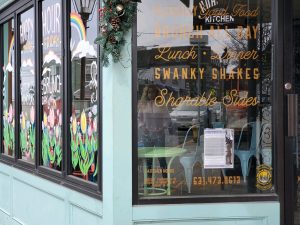
“I want everyone to be aware if bicyclists are doing the right thing, obeying the traffic laws, we welcome them with open arms,” the trustee said. “We want to be ready to intervene before it becomes a problem — we’re not going to intervene if there is no problem.”
Along with the campaign, the village has begun using officers on bikes and has instituted a designated officer to patrol on foot throughout Main Street. Snaden said there will always be someone on duty, with no absence in shift changes.
“I’m confident to date we have bridged that gap,” she added. “The communication is now there. We work as team to dissuade any potential issues.”
If dangerous behavior is happening within the village, readers are encouraged to call code at 631-774-0066.
The original article did not mention the chamber and business owners who are part of the task force. They have been added to the online copy.


